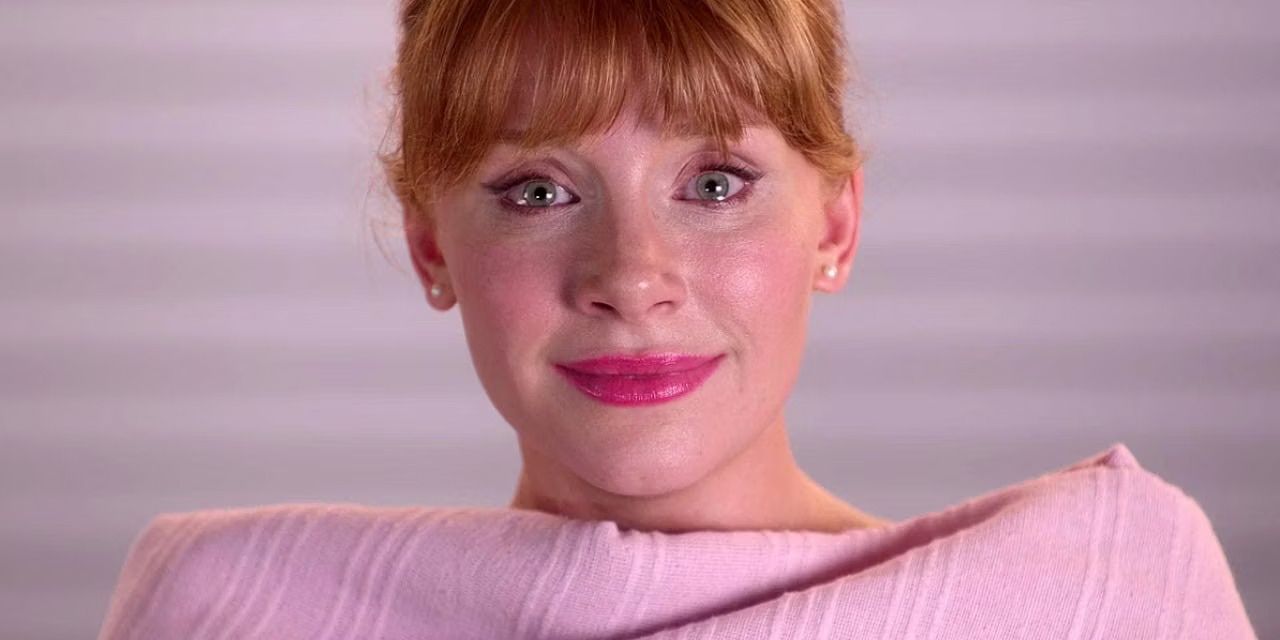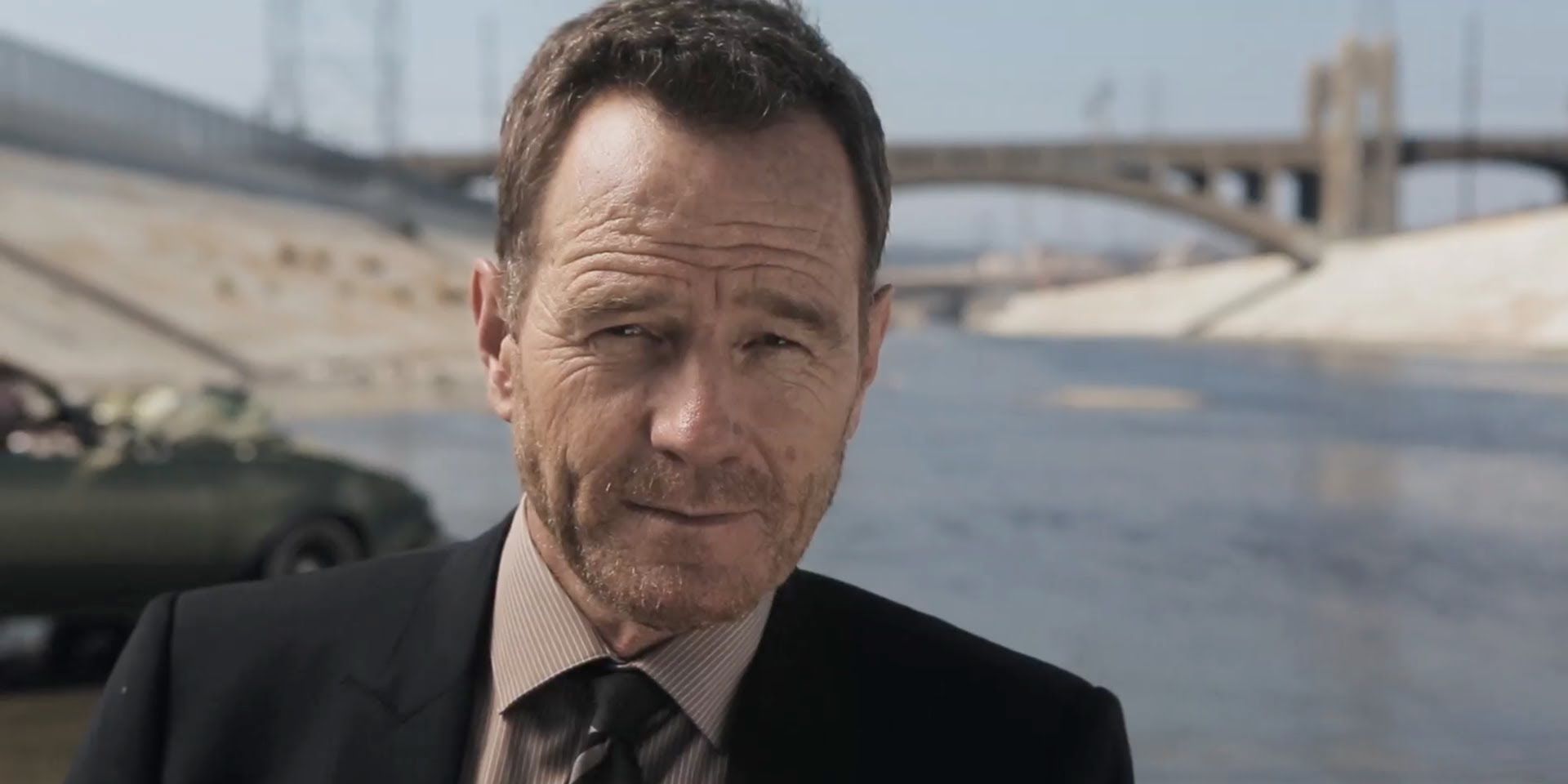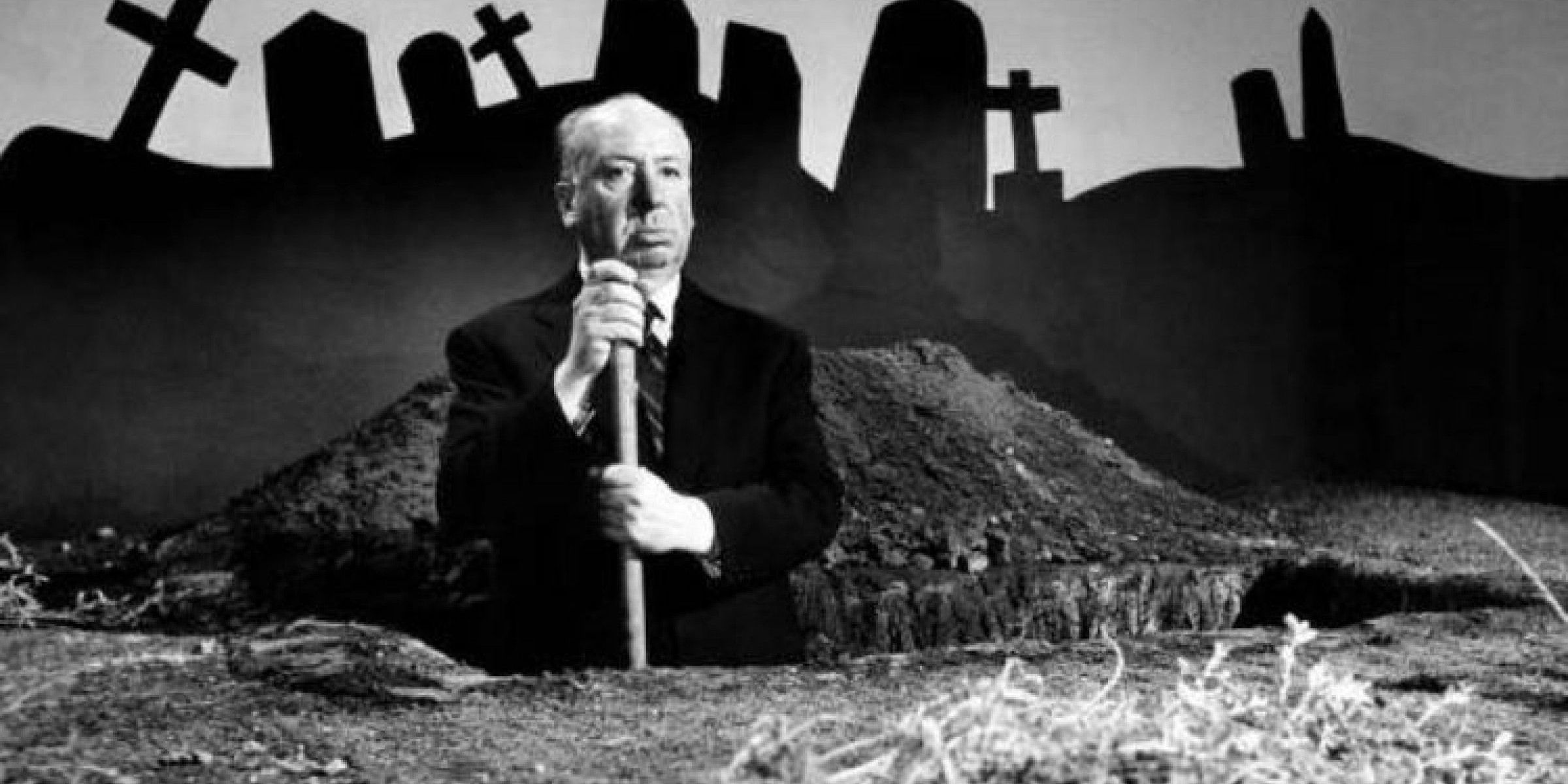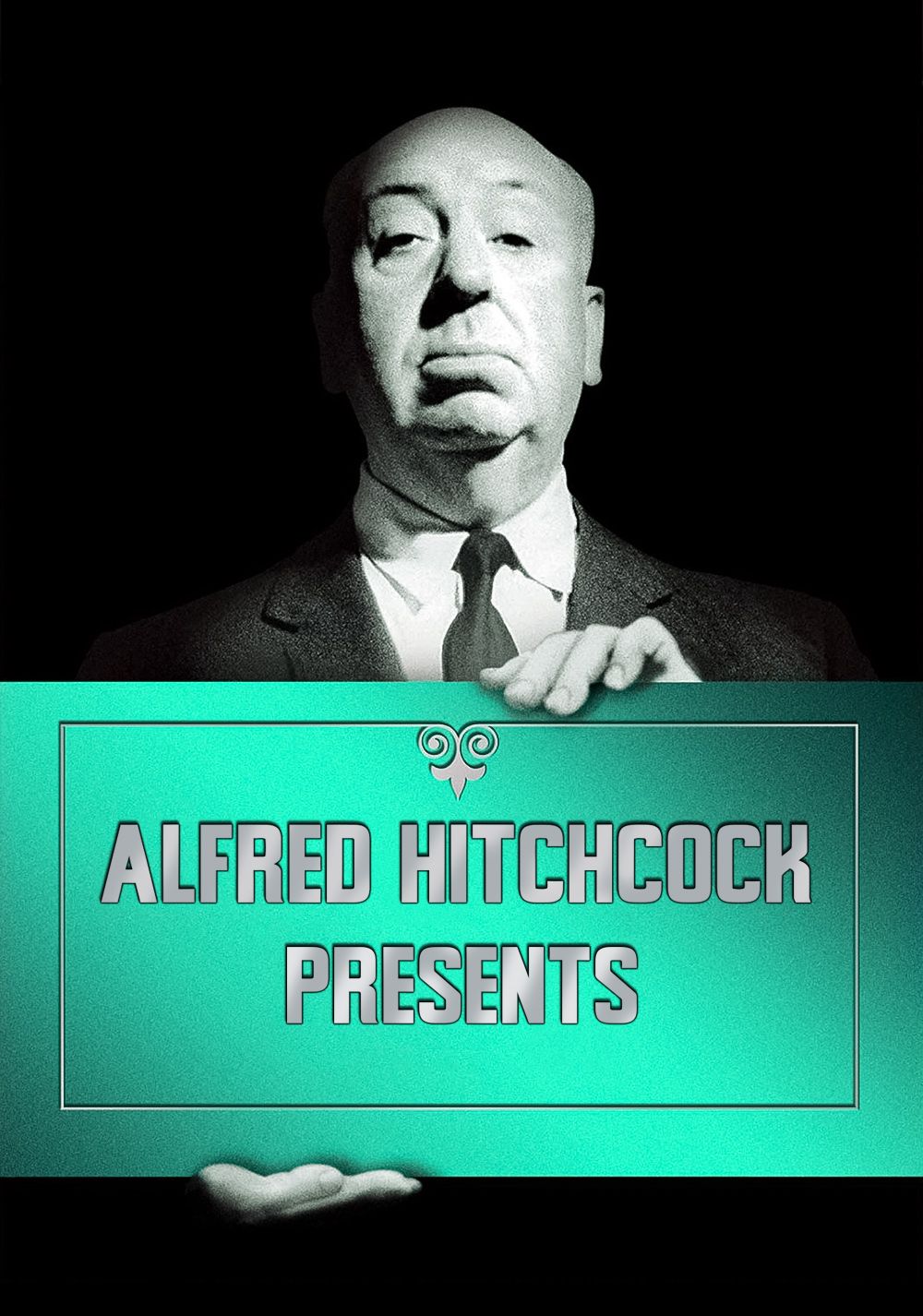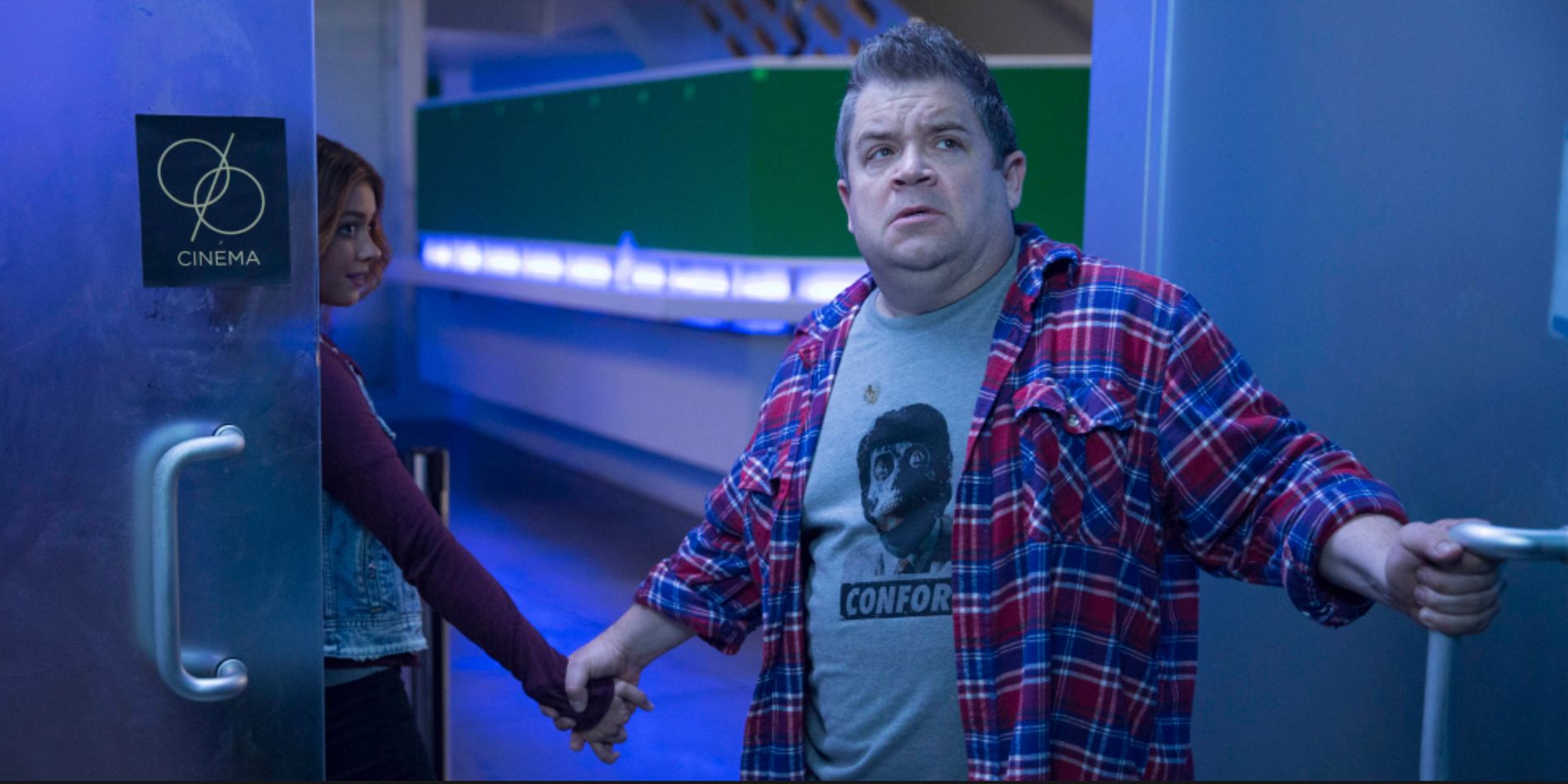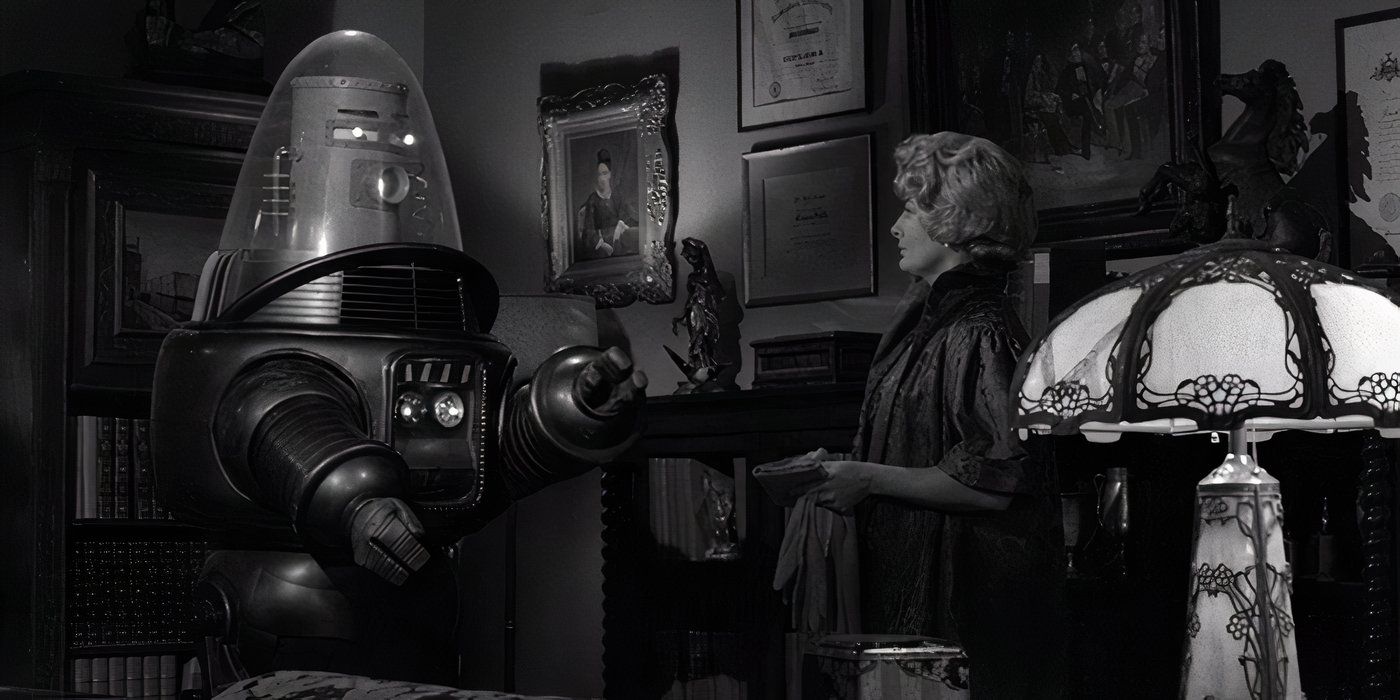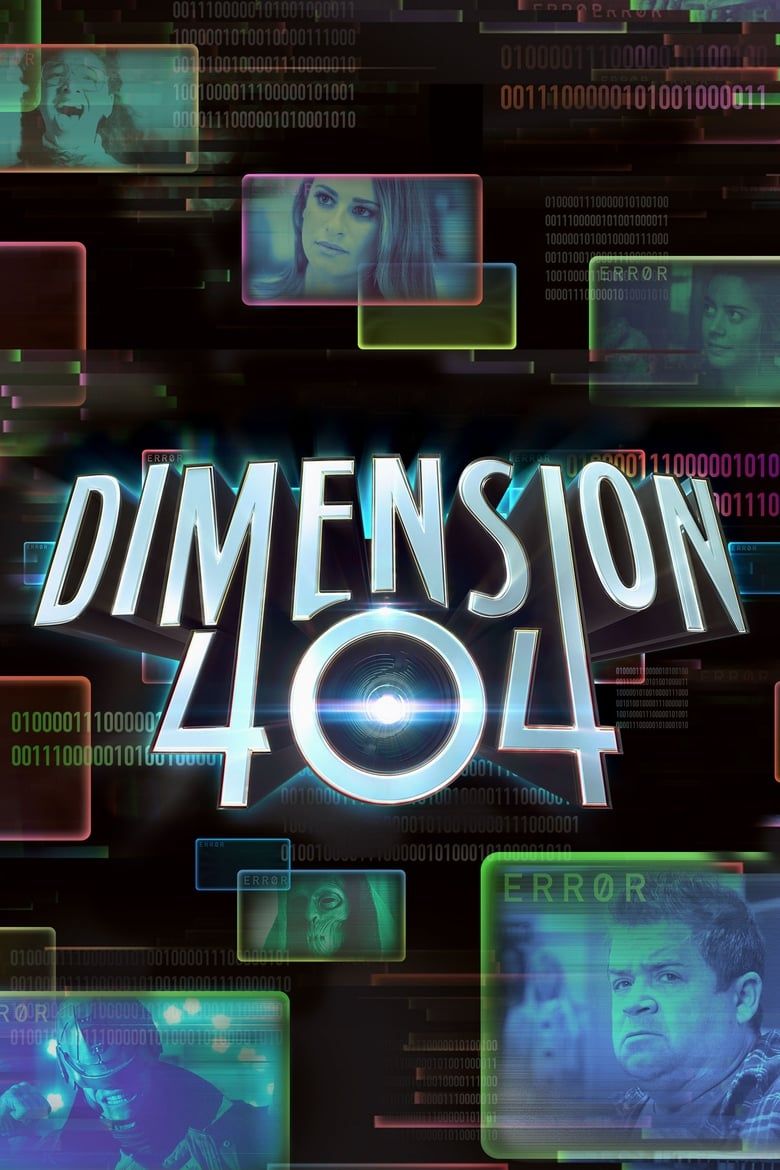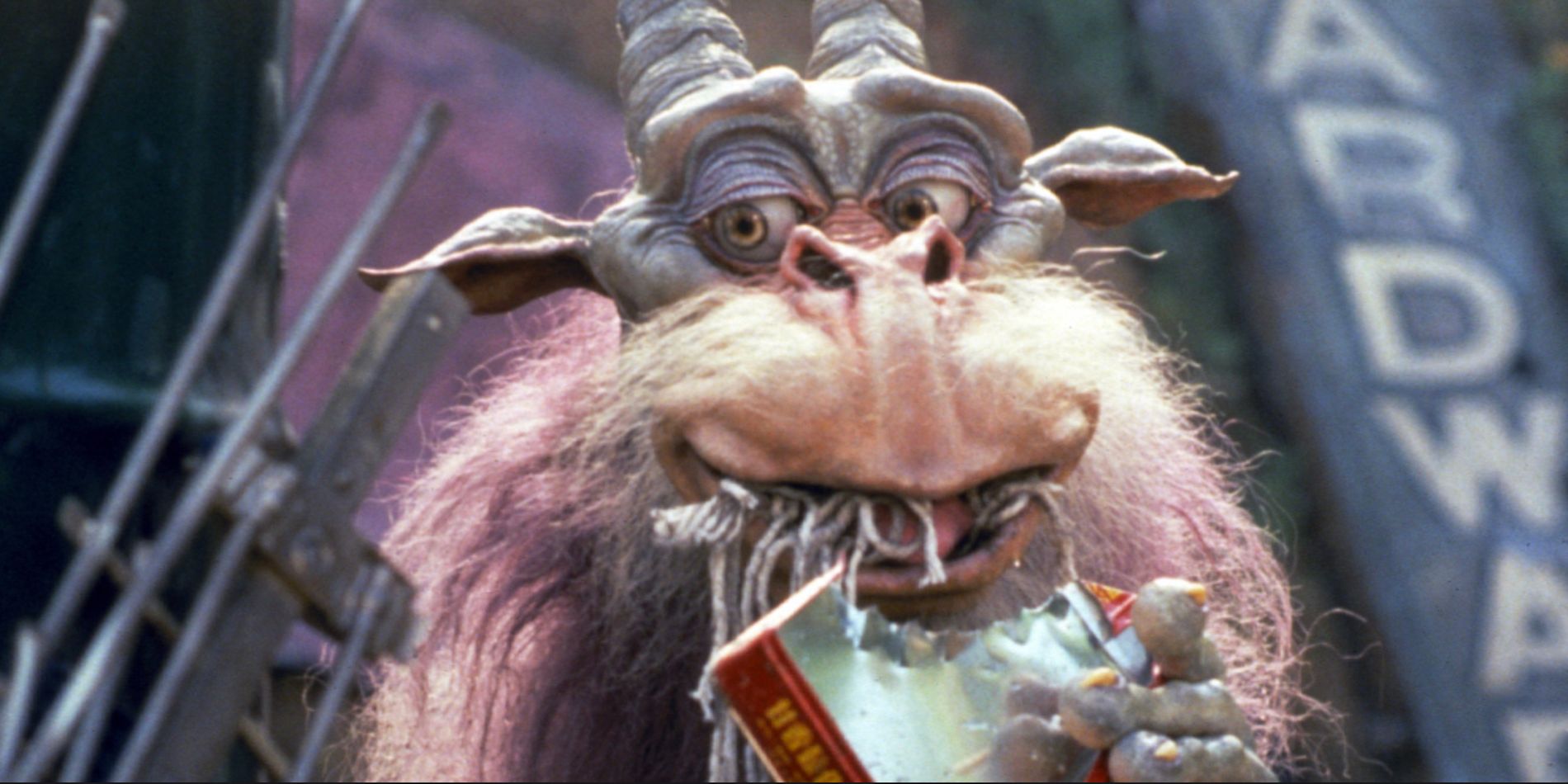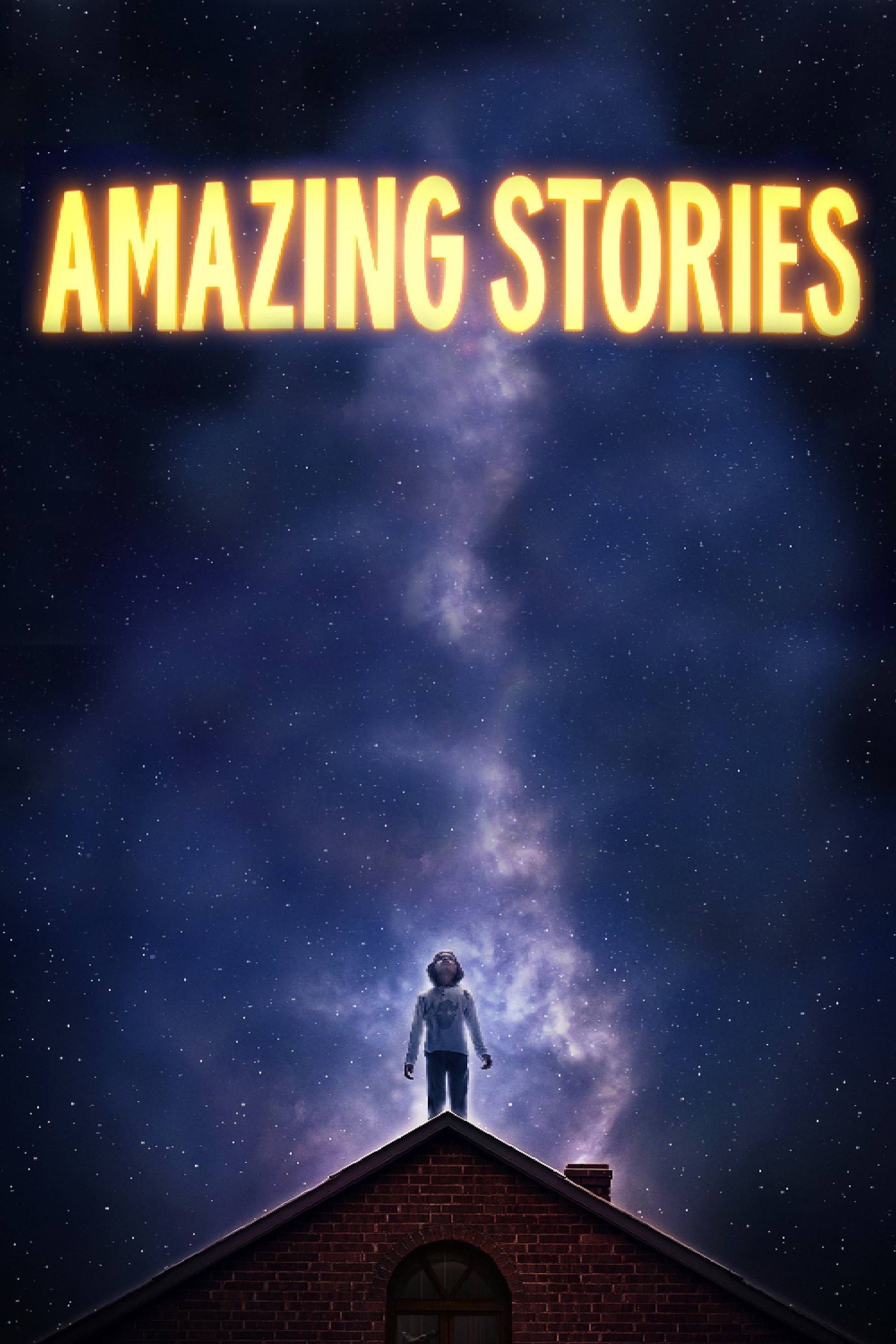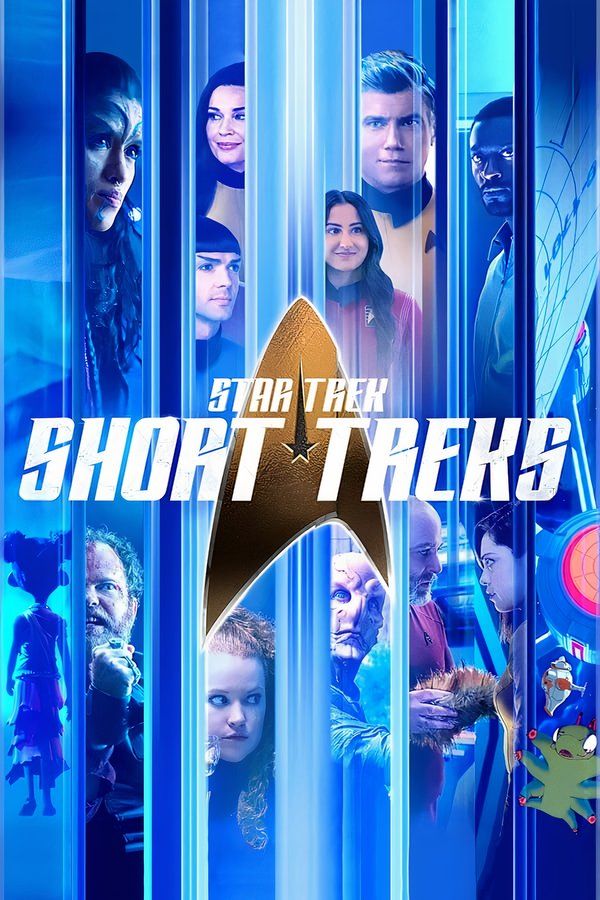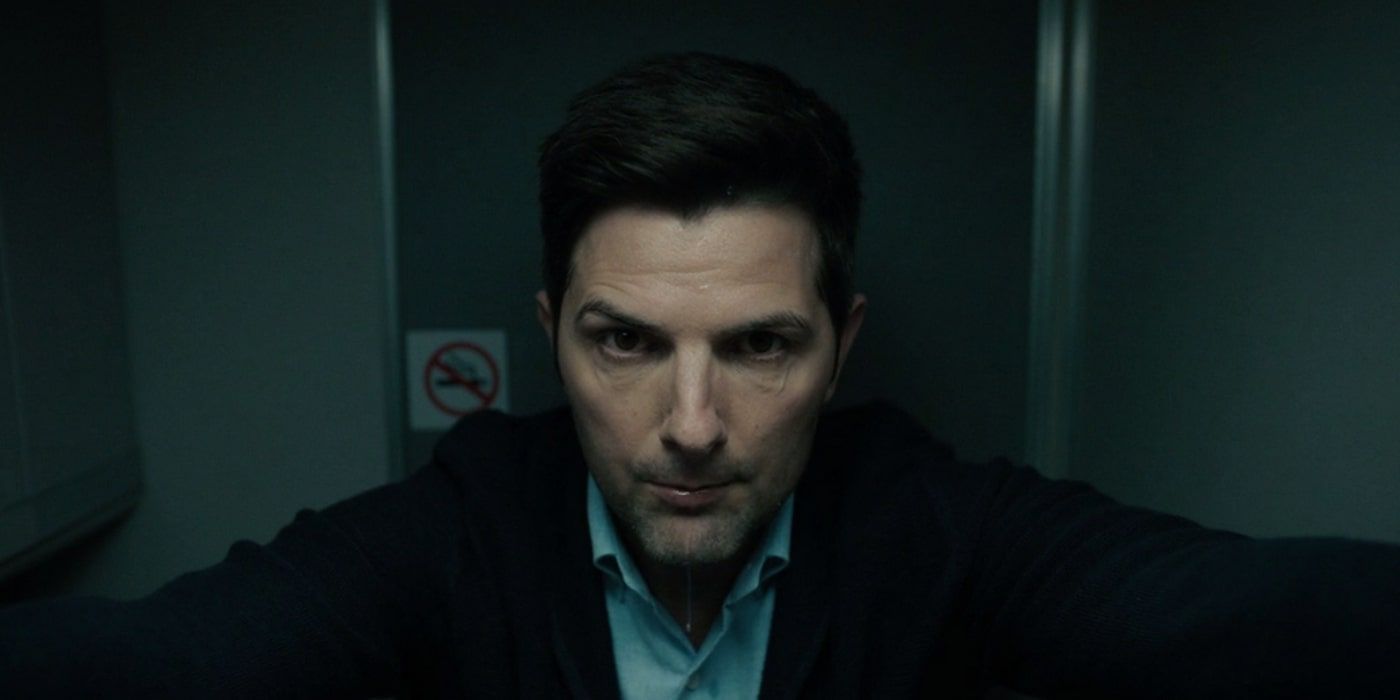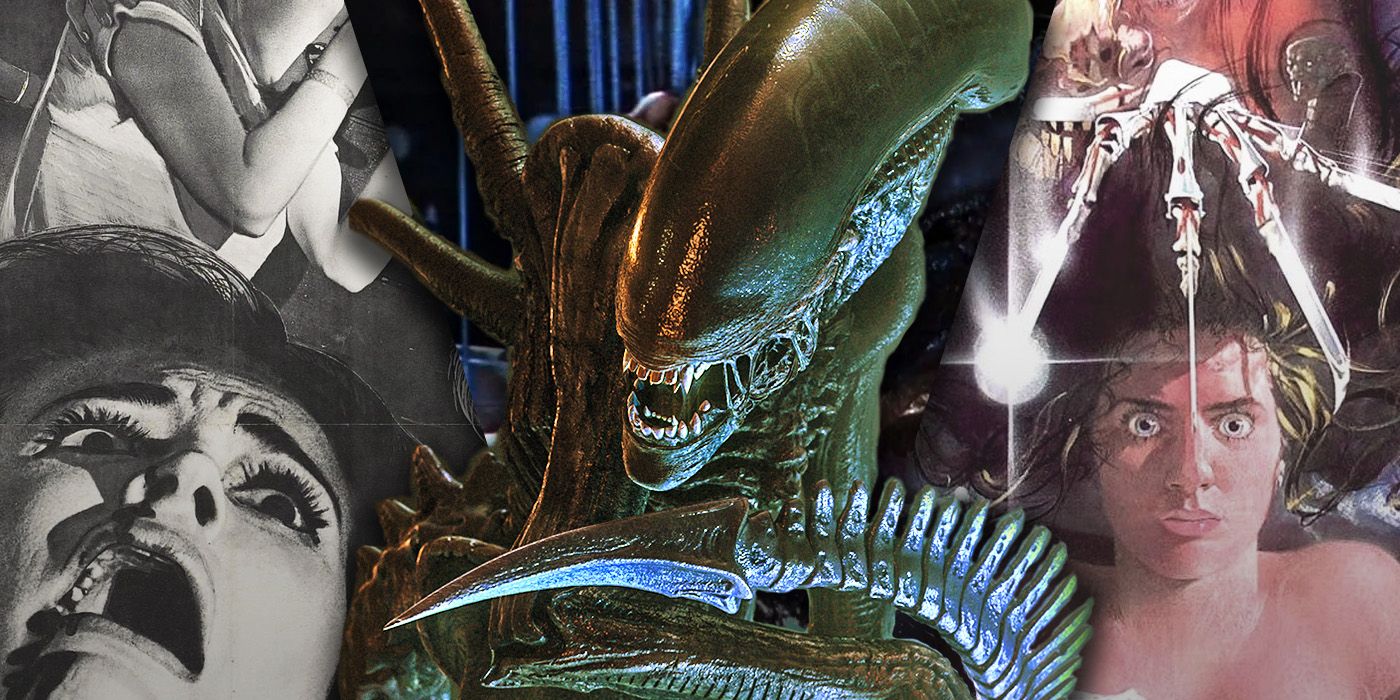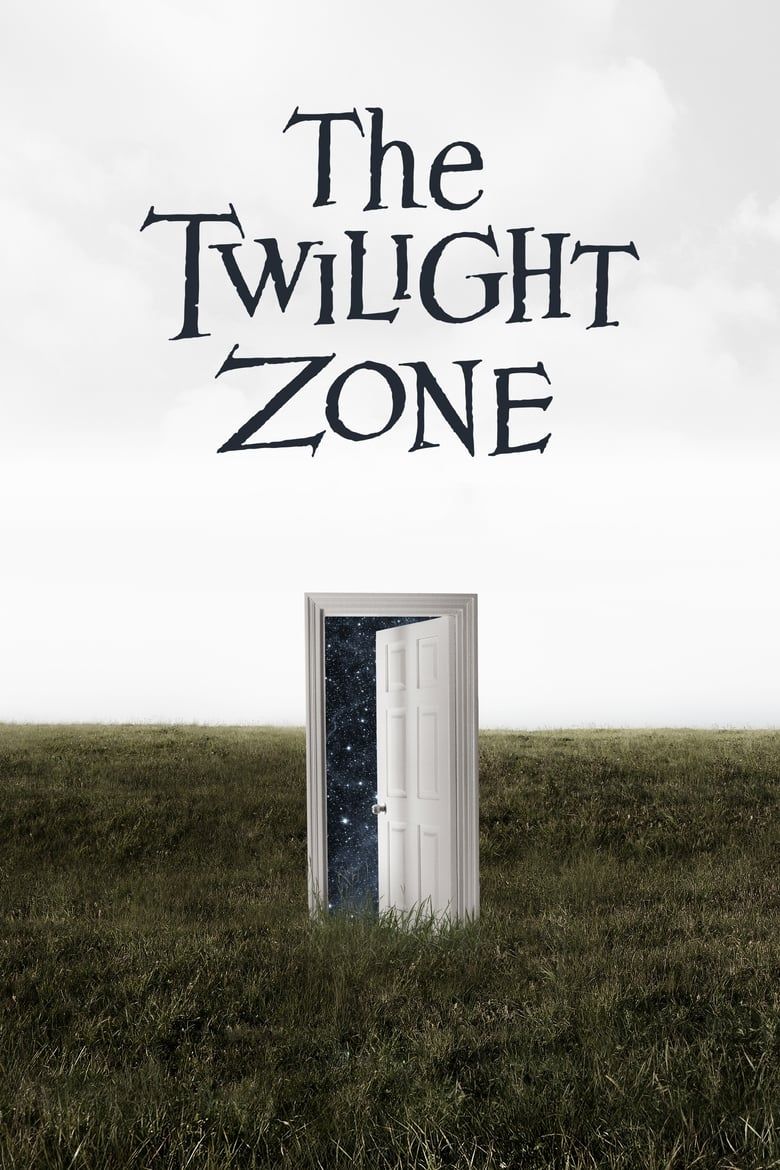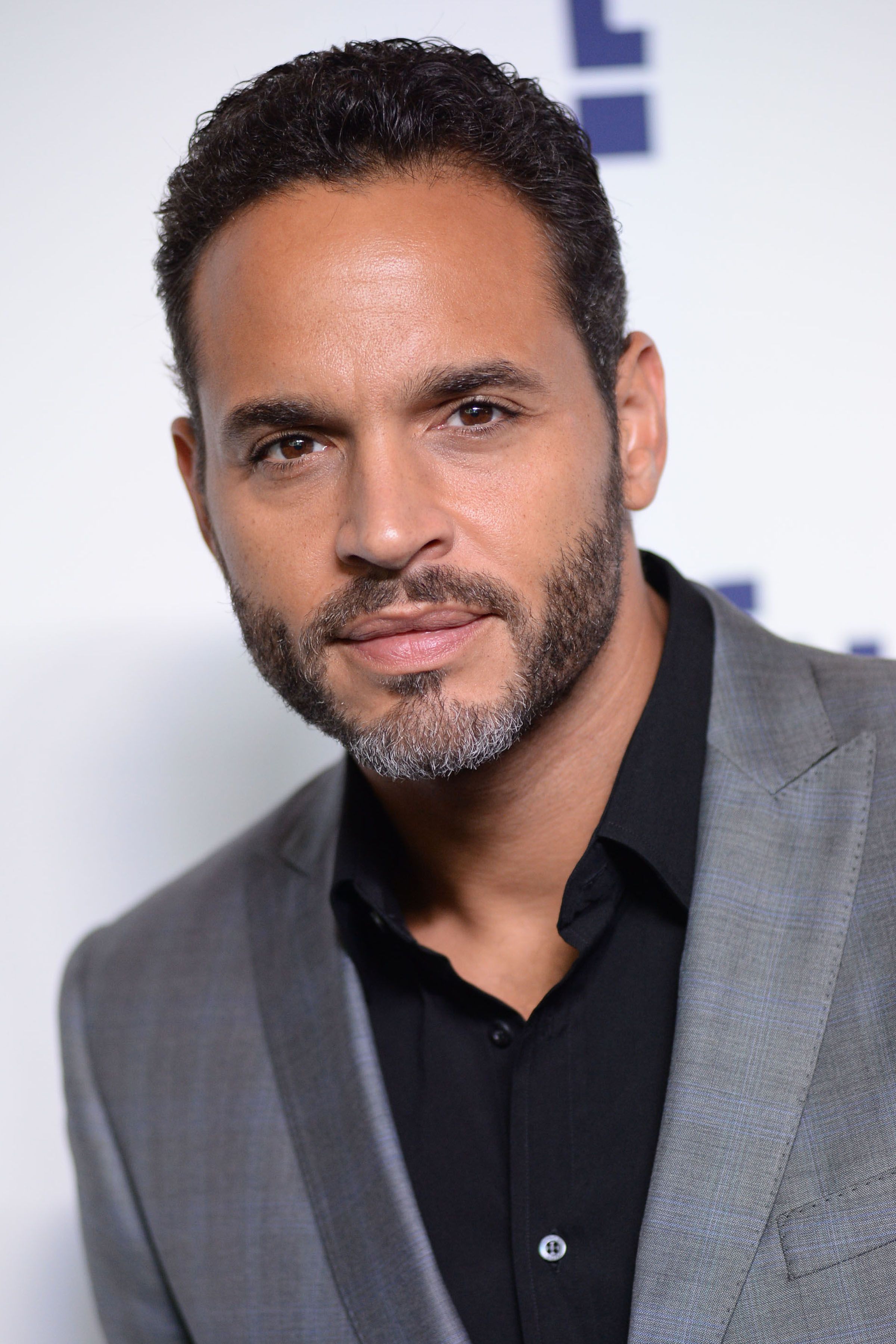Rod Serling's The Twilight Zone is legendary, but it casts a long shadow over television storytelling. While it did its fair share to establish an anthology format that continues to fascinate creators and audiences alike, it's a model that many strive for only to miss.
Still, even the shows that fall short of Rod Serling's masterwork don't all fall short of greatness. From techno-horror in Black Mirror to sneak peeks at young Steven Spielberg in Amazing Stories, the best sci-fi anthologies share a common DNA, but all have something individual to offer. Each, in their own way, compartmentalizes complex ideas into singular dunk-tanks for the audience to get steeped into. Here's a look at the cream of the sci-fi crop, showcasing the projects that carried the Twilight Zone torch but didn't snatch its crown.

Black Mirror updates The Twilight Zone's formula for the modern era better than the recent Twilight Zone series was able to. The title is the first hint of the thematic study creator Charlie Brooker rolls out in Black Mirror—mining the dark side of modern technology like Rod Serling did with Post-World War II and Cold War anxieties. Whether dissecting how social media gamification and ratings can metastasize in episodes like "Nosedive" or exposing the rot within the internet's most dangerous—and unassuming—users in "Shut Up and Dance," Black Mirror vibrates with unflinching psychological insight into our relationship with technology.
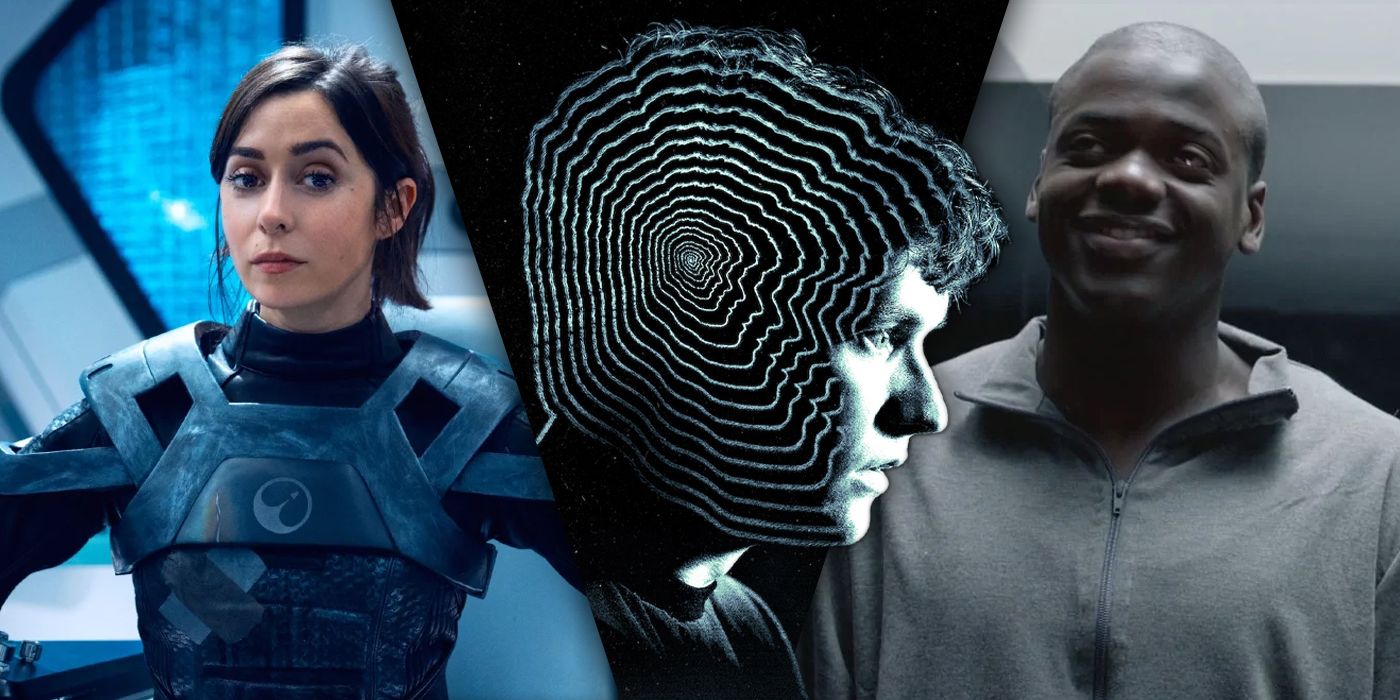
Related
15 Best Black Mirror Episodes (That Aren't Scary)
As an anthology series, Black Mirror satirizes technological advancement and the changing sociopolitical landscape, but which episodes are less scary?
Most prescient, the series showcases how technology's promise of improving lives can backfire—an age-old tradition in speculative science fiction and an old Twilight Zone staple. Black Mirror typically leaves characters facing the consequences of their relationships with technology and media, almost always devoid of depictions of hope. It's arguably a more pessimistic view than Serling's work, which, though rarely happily ended, would usually conclude with more ironic fates for its characters.
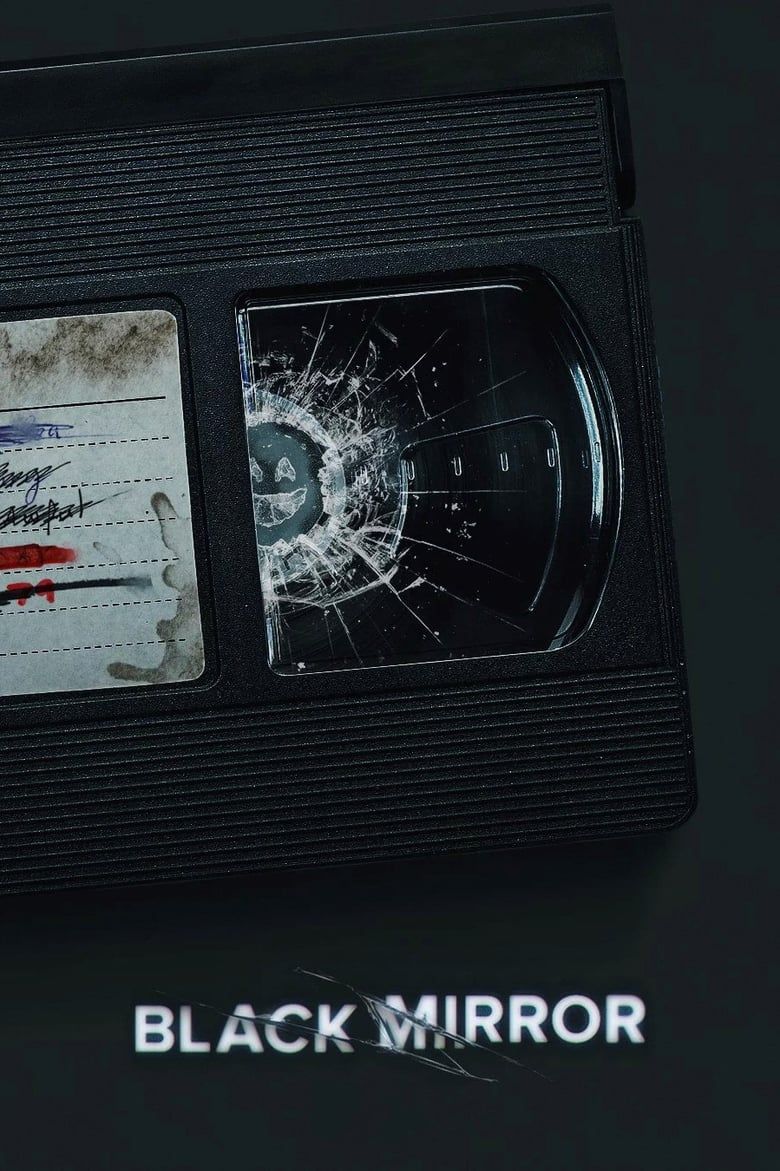
Black Mirror
- Release Date
- December 4, 2011
- Network
- Channel 4, Netflix
- Showrunner
- Charlie Brooker
- Directors
- Owen Harris, Toby Haynes, James Hawes, David Slade, Carl Tibbetts, Ally Pankiw, Bryn Higgins, Dan Trachtenberg, Euros Lyn, Jodie Foster, Joe Wright, John Hillcoat, Sam Miller, Tim Van Patten, Uta Briesewitz, Colm McCarthy, Jakob Verbruggen, James Watkins, John Crowley, Otto Bathurst, Anne Sewitsky, Brian Welsh
- Writers
- Jesse Armstrong
David Fincher spearheaded Netflix's foray into prestige television and filmmaking with House of Cards, Mindhunter, The Killer, and Mank. The revolving door of hits and notoriety gave Fincher creative carte blanche with the streamer, which he parlayed alongside co-creator Tim Miller to bring audiences Love, Death + Robots. The series places Fincher's prestige style in unlikely animated packaging but achieves similar award-worthy success.
Featuring everything from realistic war stories to fantasy adventures to philosophical explorations, the show bravely breaks form to tackle subject matter—violence, sexuality, and existential questions—not commonplace in Western animation. Of course, such themes were always at play in Rod Serling's work but only approached indirectly due to 1960s broadcast restrictions.
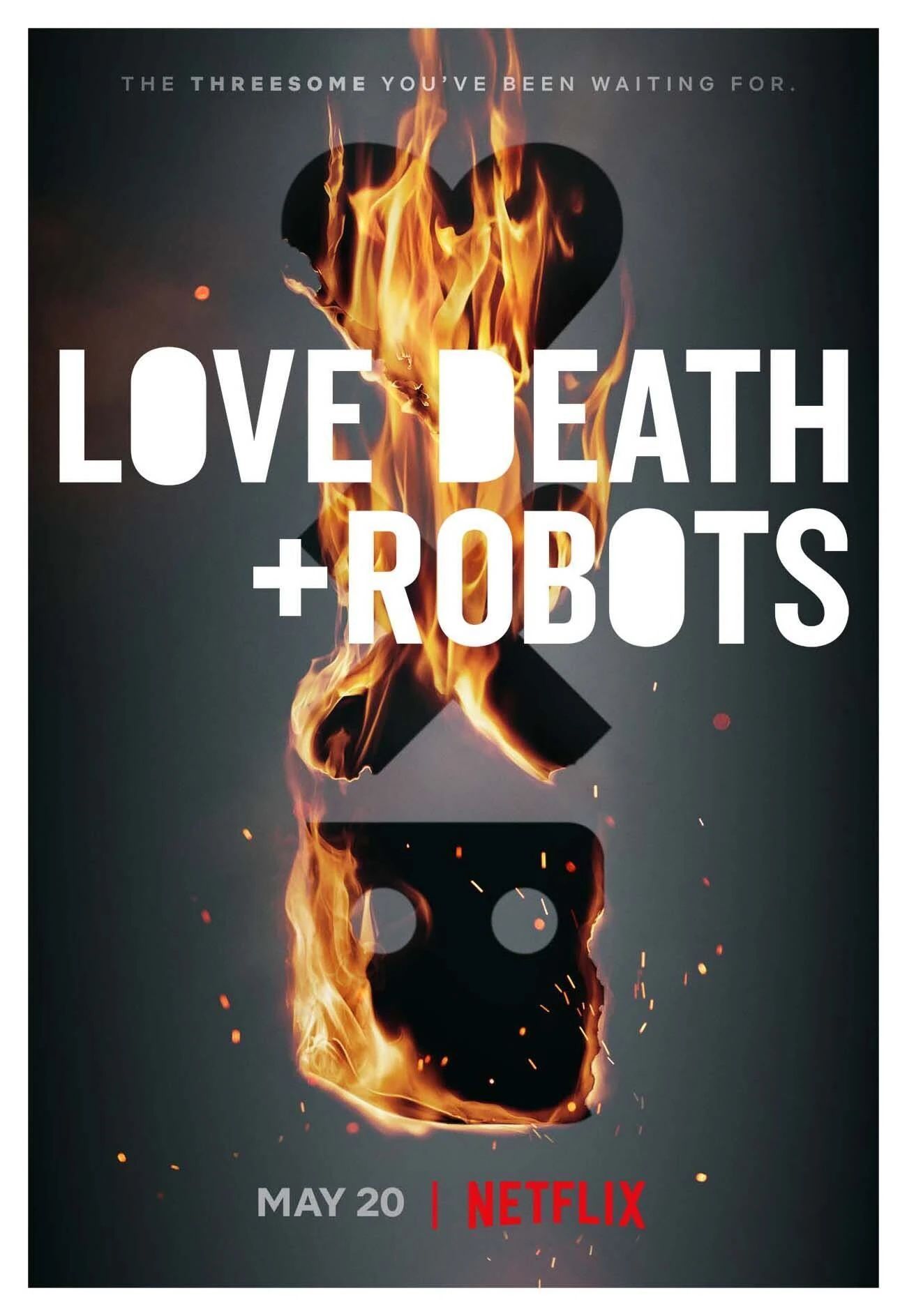

Tales From The Loop stands out mostly for its unconventional yet still streamlined approaches to the anthology format. The Amazon Prime Video series takes inspiration from artist Simon Stålenhag's retrofuturistic paintings and spins them into thoughtful science fiction.
The streaming platform, known for cutting a fat check for high-upside content (see: The Lord of the Rings: The Rings of Power), supported the conventional premise with a murderers' row of directors to bring the project to life. The impressive director lineup included Mark Romanek, Andrew Stanton, and Jodie Foster to execute creator Nathaniel Halpern's brainchild, following a small town built above an experimental physics facility called "The Loop."
The series skews more emotional than many of its counterparts, avoiding over-explaining its sci-fi elements to more effectively showcase its characters and relationships—while the series is better for it, it can sometimes feel less inclined to honor the H.G. Wells and Orwellian traditions of allegory and speculative sci-fi Rod Serling was keen on emulating.
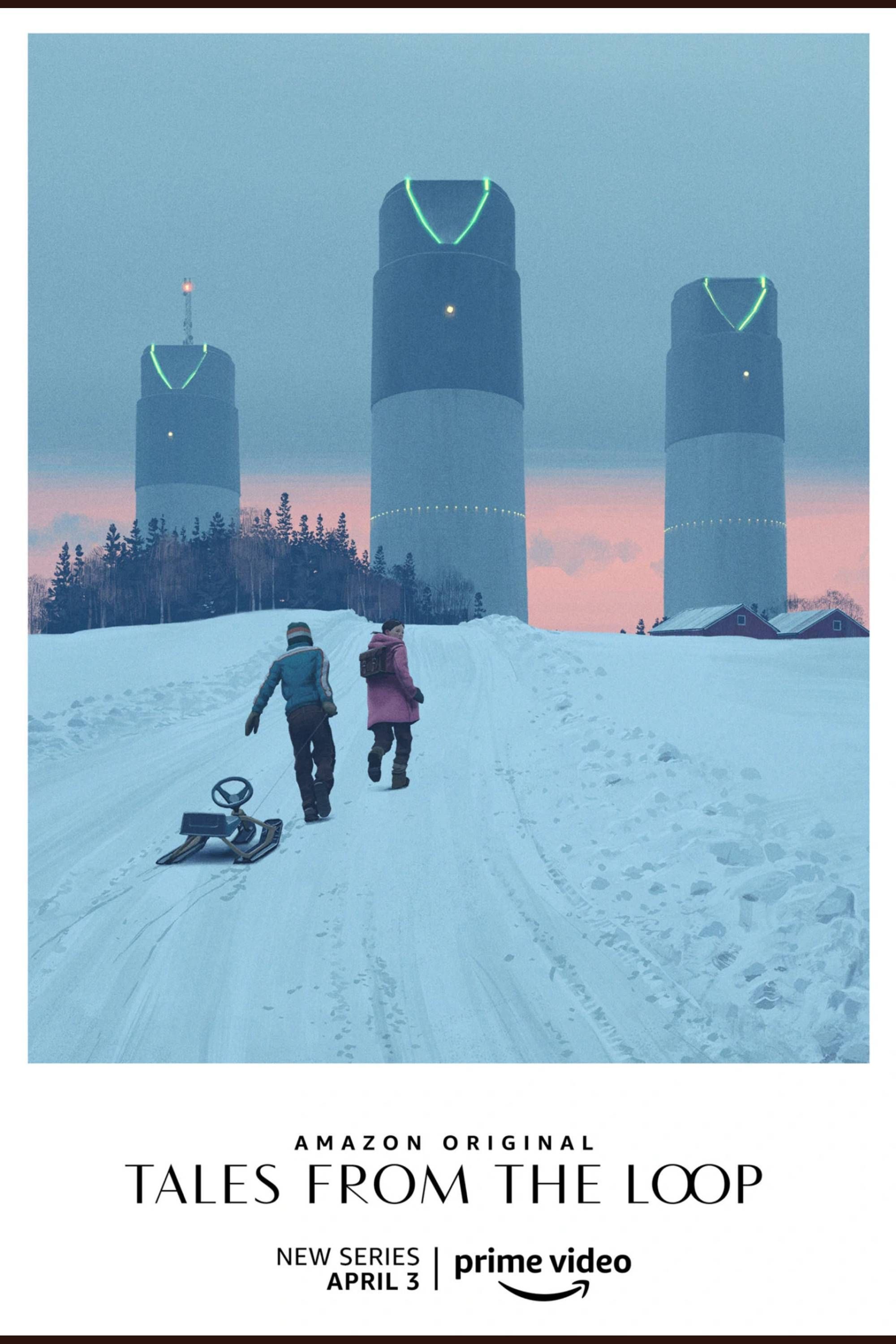
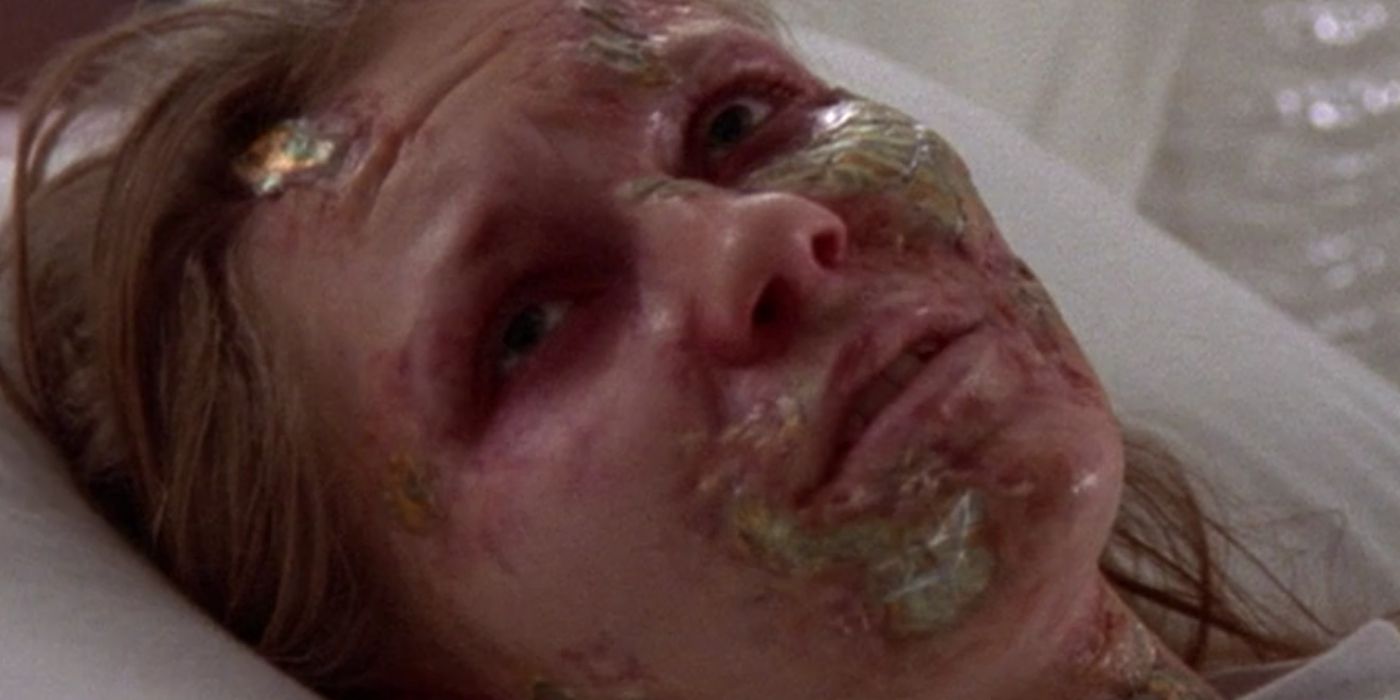
The Outer Limits developed alongside The Twilight Zone but never quite outshone it. Serling typically examined human psychology through allegorical stories in his project, but creators Leslie Stevens and Joseph Stefano's The Outer Limits episodes were less subtle. It featured explicit alien encounters that would challenge humanity outright and dangerous technology that posed immediate and clear threats upon arrival. The Twilight Zone was always less interested in that upfrontness, which, for some, can position The Outer Limits as a compelling, more adrenaline-appealing alternative.
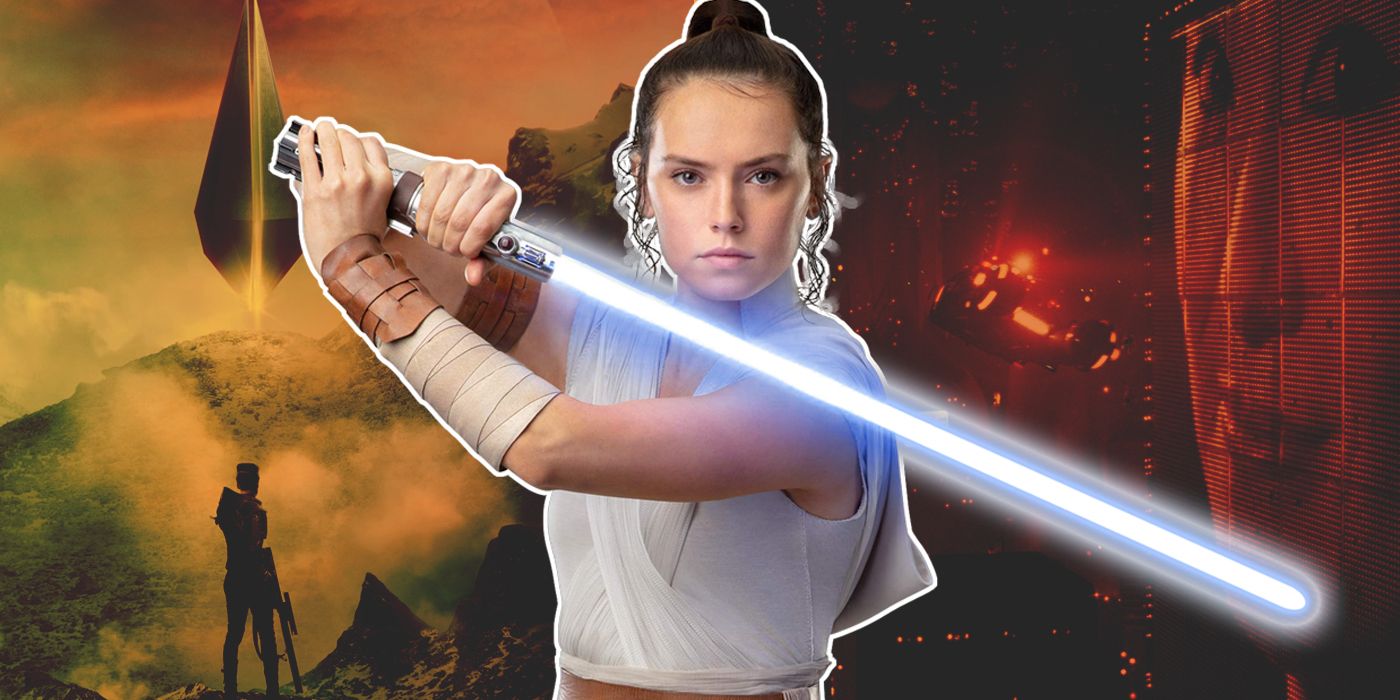
Related
15 Sci-Fi Universes Cooler Than Star Wars
Star Wars has developed a loyal fanbase who would love to visit a galaxy far, far away, but there are a few other sci-fi worlds that are even cooler.
Moreover, it can be argued that The Outer Limits is a more consistent intellectual property than Serling's brainchild. Serling's original series remains an untouchable masterpiece of television, but subsequent Twilight Zone revivals crashed harder than a starship in Maple Street. The 1980s CBS attempt, UPN's forgettable 2002 version, and Jordan Peele's recent Paramount+ incarnation all struggled mightily despite the involvement of A-list talent. Showtime's 1995 Outer Limits revival, however, ran for seven successful seasons, finding and retaining modern audiences in ways The Twilight Zone hasn't achieved in its other iterations.
